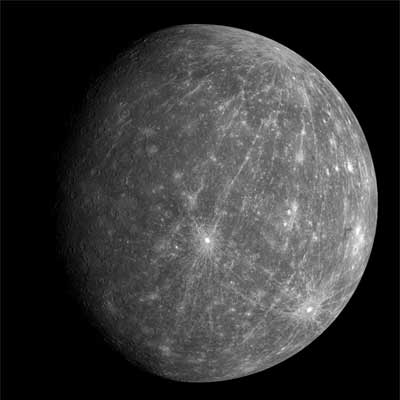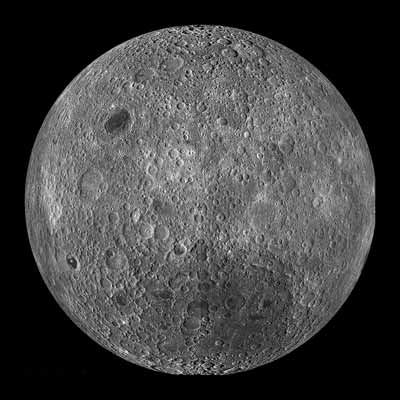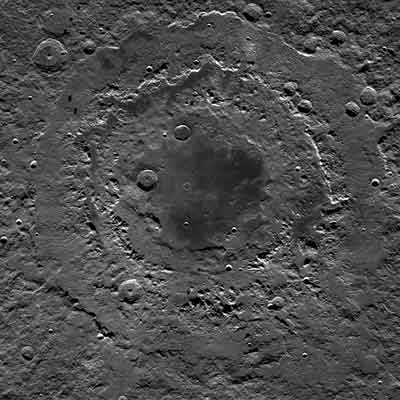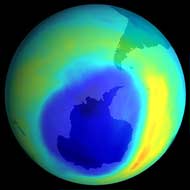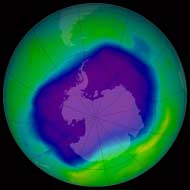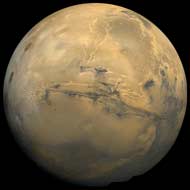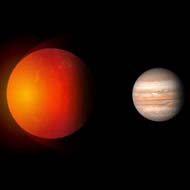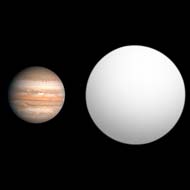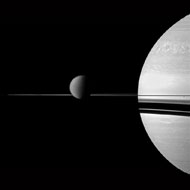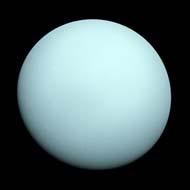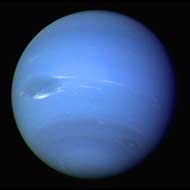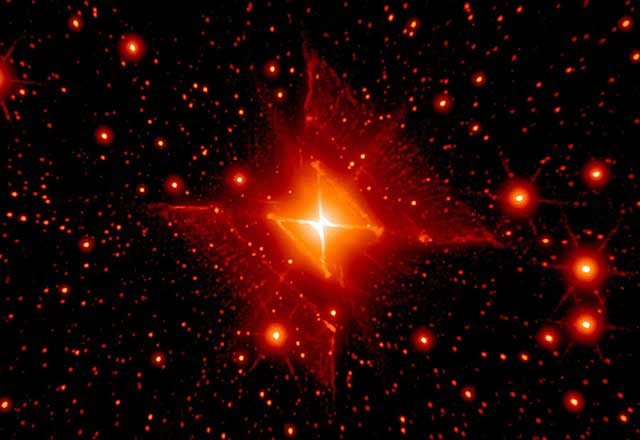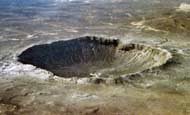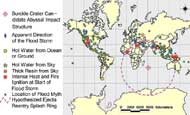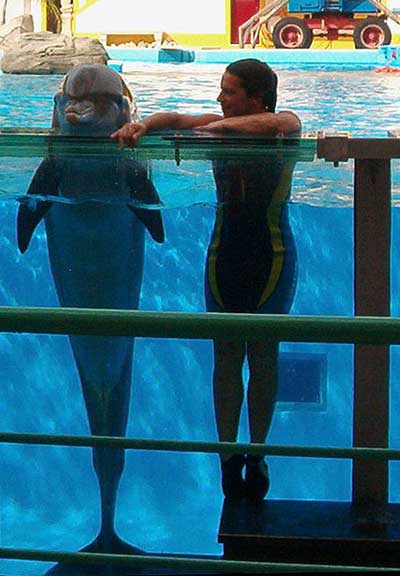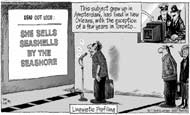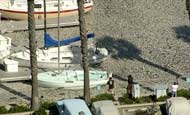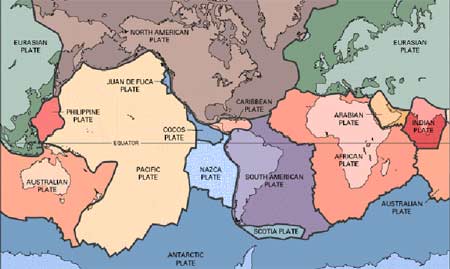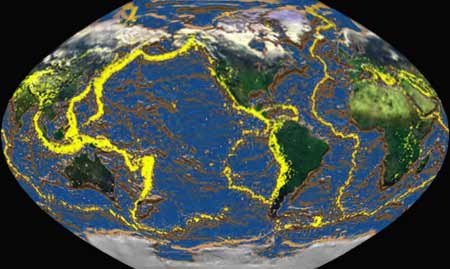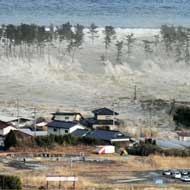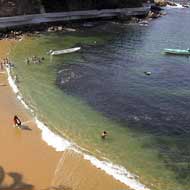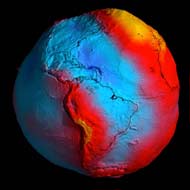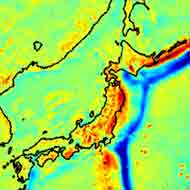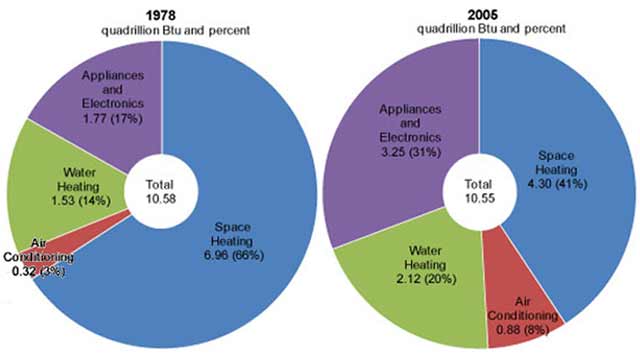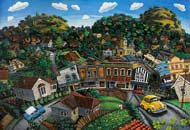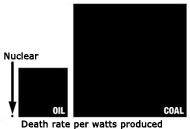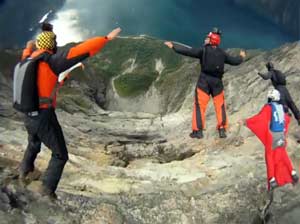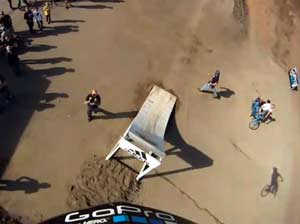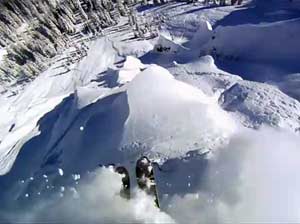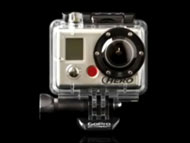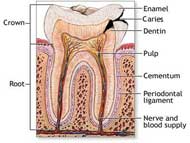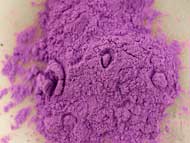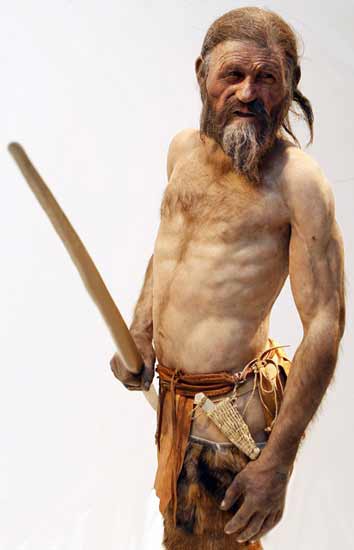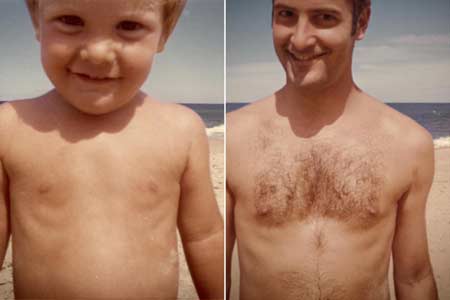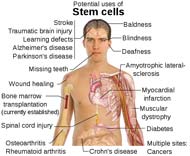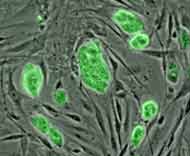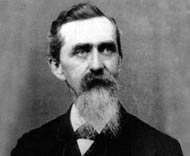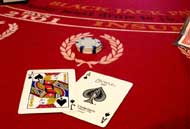Two of the photos below are of the moon and two are of the planet Mercury. Can you tell which is which before reading the captions?
- Larger, denser, and with almost twice the surface gravity of Earth’s moon, Mercury still looks moon-like at first glance. This image was taken from a distance of about 27,000 kilometres (about 17,000 miles).
- The most detailed look at the far side of the moon to date, this image is comprised of over 15,000 wide-angle-camera photos taken between November 2009 and February 2011 by NASA’s Lunar Reconnaissance Orbiter Camera. Unlike the near side, basaltic volcanism is restricted to fewer, smaller regions and the battered highland crust predominates.
- Shaped like a target ring bull’s-eye, the Mare Orientale is one of the most striking large scale lunar features. Only partially flooded by lava, Mare Orientale is over 3 billion years old, about 600 miles (950 kilometres) across, and was formed by the impact of an asteroid-sized object (which luckily didn’t hit Earth, though no one was around to notice).
- This double-ringed crater on Mercury appears to be filled with smooth plains material, perhaps volcanic in nature. The MESSENGER spacecraft took this image in 2008 during its closest approach to Mercury. However, Mercury’s most notable double-ringed crater is Caloris — whose forming impact caused a compression wave to ripple though the middle of the planet and deformed rocks on the other side of the planet.
 Animals
Animals Animation
Animation Art of Playing Cards
Art of Playing Cards Drugs
Drugs Education
Education Environment
Environment Flying
Flying History
History Humour
Humour Immigration
Immigration Info/Tech
Info/Tech Intellectual/Entertaining
Intellectual/Entertaining Lifestyles
Lifestyles Men
Men Money/Politics/Law
Money/Politics/Law New Jersey
New Jersey Odds and Oddities
Odds and Oddities Older & Under
Older & Under Photography
Photography Prisons
Prisons Relationships
Relationships Science
Science Social/Cultural
Social/Cultural Terrorism
Terrorism Wellington
Wellington Working
Working Zero Return Investment
Zero Return Investment